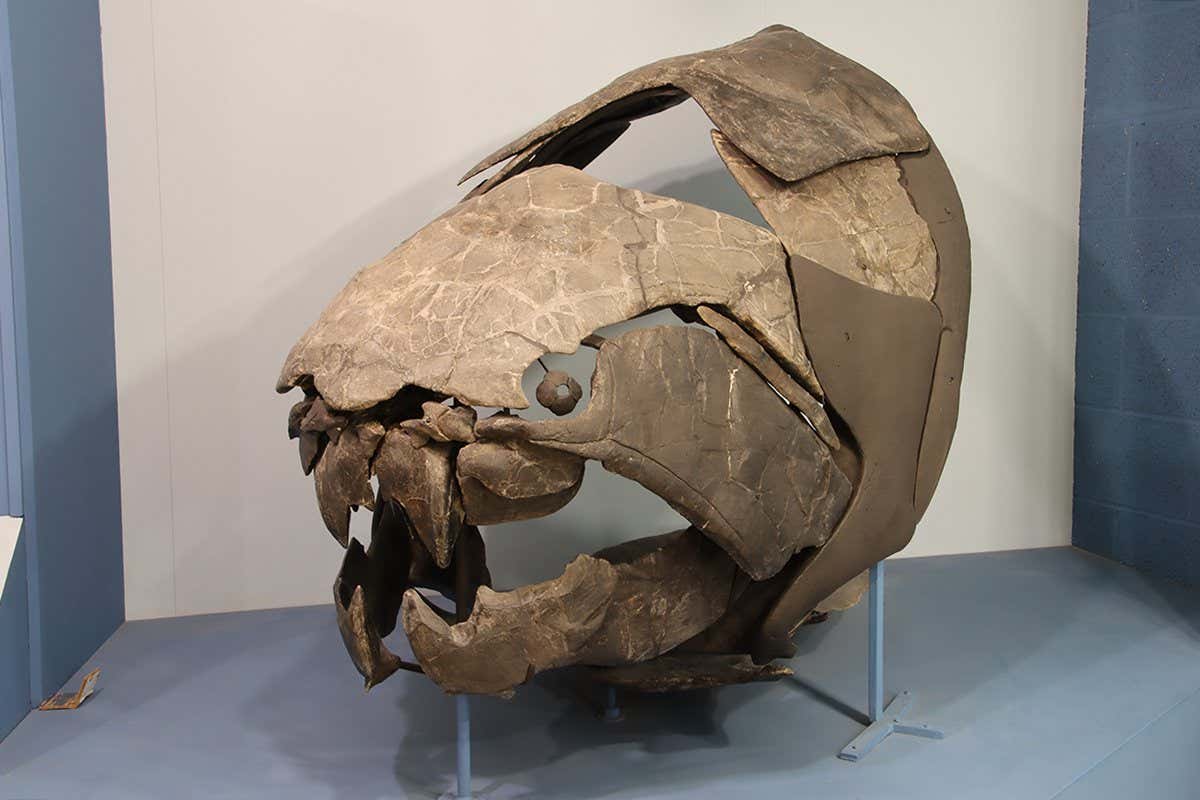Rethinking Ancient Fish Size: New Findings Challenge Established Theories
Giant fish roaming prehistoric oceans? New research is forcing scientists to rethink the maximum size of ancient fish, challenging long-held assumptions about their evolutionary history and the marine ecosystems they inhabited. For decades, paleontologists have relied on fossilized remains to estimate the size of extinct fish, often leading to underestimations due to the incomplete nature of the fossil record. However, recent discoveries and innovative analytical techniques are painting a dramatically different picture of these ancient giants.
The Limitations of Traditional Fossil Analysis
Traditionally, estimating the size of extinct fish relied heavily on the size of individual fossilized bones or incomplete skeletons. This method, while useful, suffers from significant limitations. Often, only fragments of the skeleton are found, making it difficult to accurately extrapolate the overall size of the fish. Furthermore, the process of fossilization itself can distort or compress the remains, leading to inaccurate measurements.
- Incomplete Fossil Records: The fragmentary nature of many fossil finds poses a major challenge to accurate size estimation.
- Fossil Distortion: Compression and other fossilization processes can alter the shape and size of bones, leading to misinterpretations.
- Taxonomic Challenges: Accurate identification of species based on incomplete remains can be difficult, potentially leading to misclassifications and size inaccuracies.
New Techniques Reveal Unexpected Giants
Recent advancements in paleontological techniques are providing new insights into the true size of ancient fish. These techniques include:
- 3D Scanning and Modeling: High-resolution 3D scanning allows for the creation of detailed digital models of fossilized remains, even from fragmented specimens. This enables researchers to reconstruct complete skeletons virtually, offering more accurate size estimations.
- Comparative Anatomy: By comparing the size and morphology of fossilized bones to those of extant (living) fish species, researchers can better estimate the overall body size of extinct fish. This comparative approach helps to account for variations in bone proportions among different species.
- Phylogenetic Analysis: Advances in phylogenetic analysis, which studies evolutionary relationships between organisms, allows for a better understanding of how body size evolved in ancient fish lineages. This helps to contextualize size estimates within their evolutionary history.
Examples of Newly Discovered or Re-evaluated Giants
Several recent studies have highlighted the potential for significant size overestimations in the past. For instance, analysis of previously discovered fossils using these new techniques has revealed unexpectedly large specimens of:
- Dunkleosteus: This ancient armored fish, previously thought to be around 10 meters long, may have reached even greater sizes based on the latest findings.
- Leedsichthys: This colossal filter-feeding fish, already known for its massive size, may have been even larger than previously estimated. Further research is needed to confirm these findings.
Implications for Understanding Prehistoric Marine Ecosystems
The reevaluation of ancient fish size has profound implications for our understanding of prehistoric marine ecosystems. Larger fish would have played a drastically different role in the food web, affecting predator-prey dynamics and the overall structure of these ancient environments. This new understanding challenges existing models of these ecosystems and calls for a re-examination of existing paleontological data.
Future Research and the Ongoing Debate
The ongoing research into ancient fish size is an exciting field. As new fossils are discovered and analytical techniques improve, our understanding of these prehistoric giants will continue to evolve. The debate surrounding the maximum size of ancient fish is far from settled, and future research will undoubtedly yield further surprises and refine our understanding of their lives and the environments they inhabited.
Call to Action: Stay tuned for further updates on this exciting field of research! Follow us for the latest discoveries in paleontology and ancient marine life.

